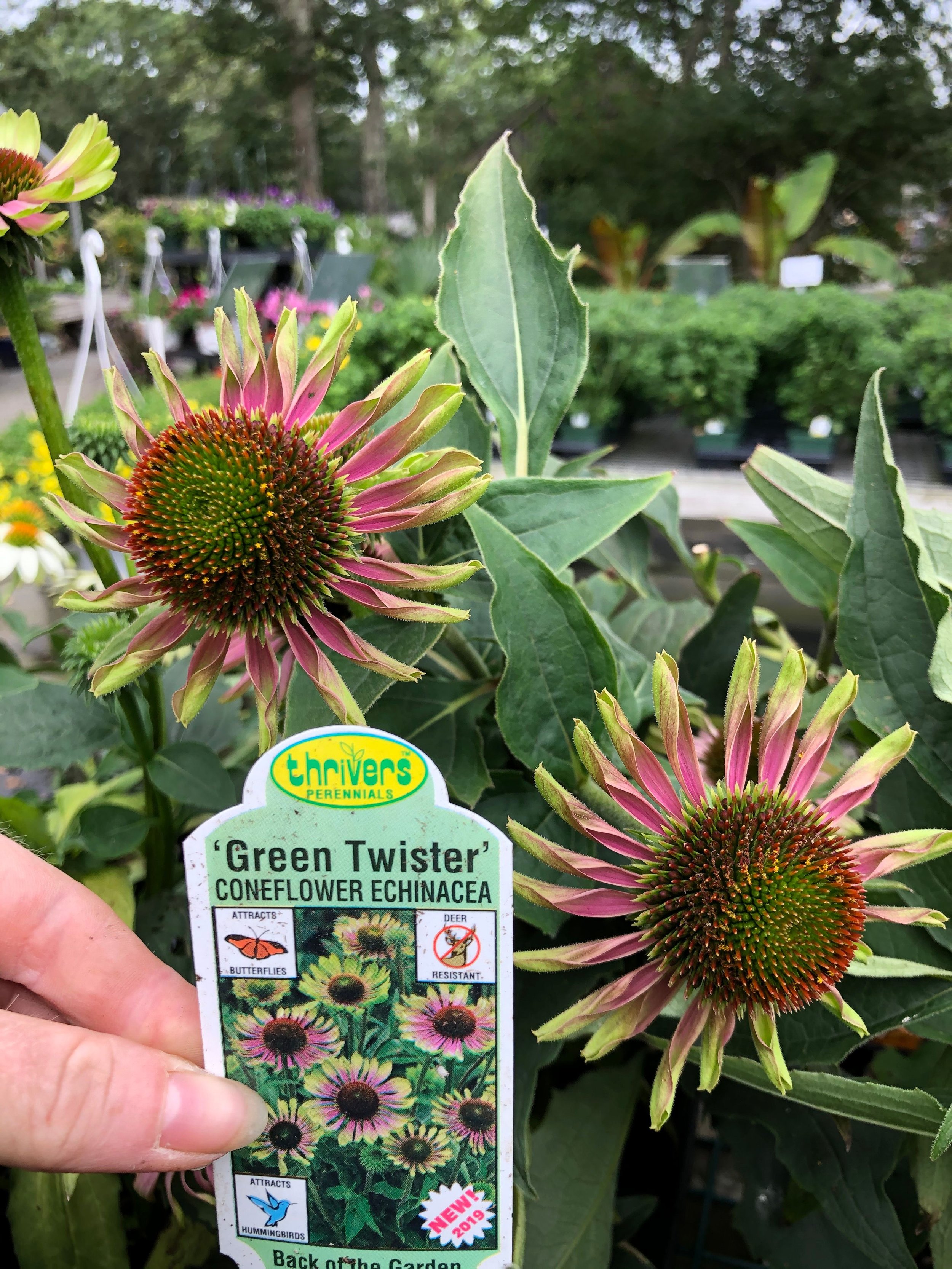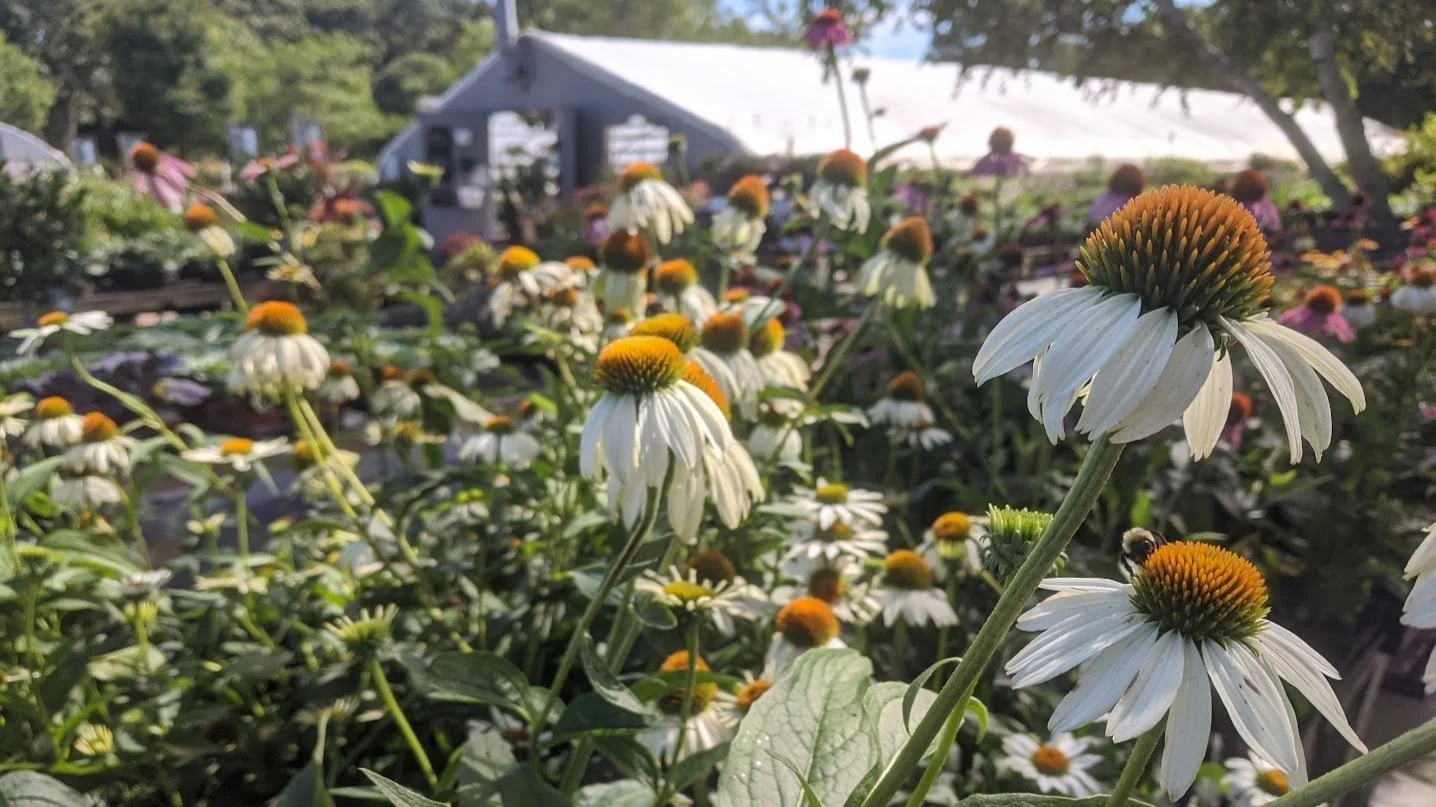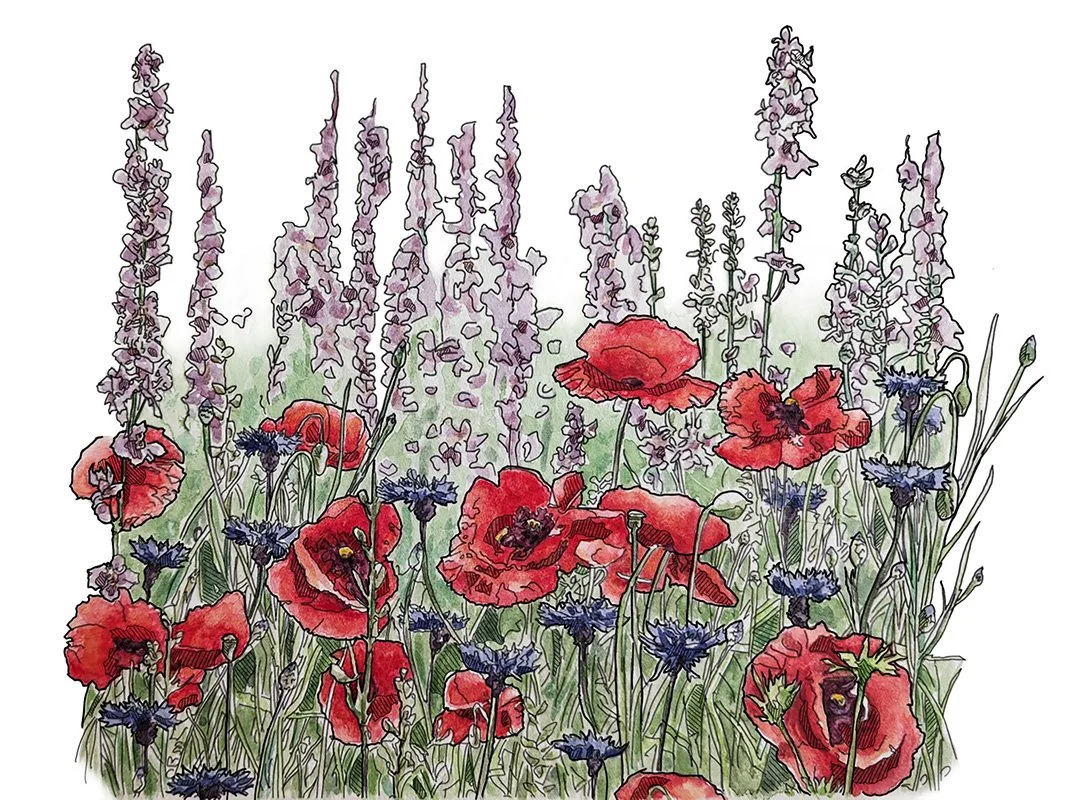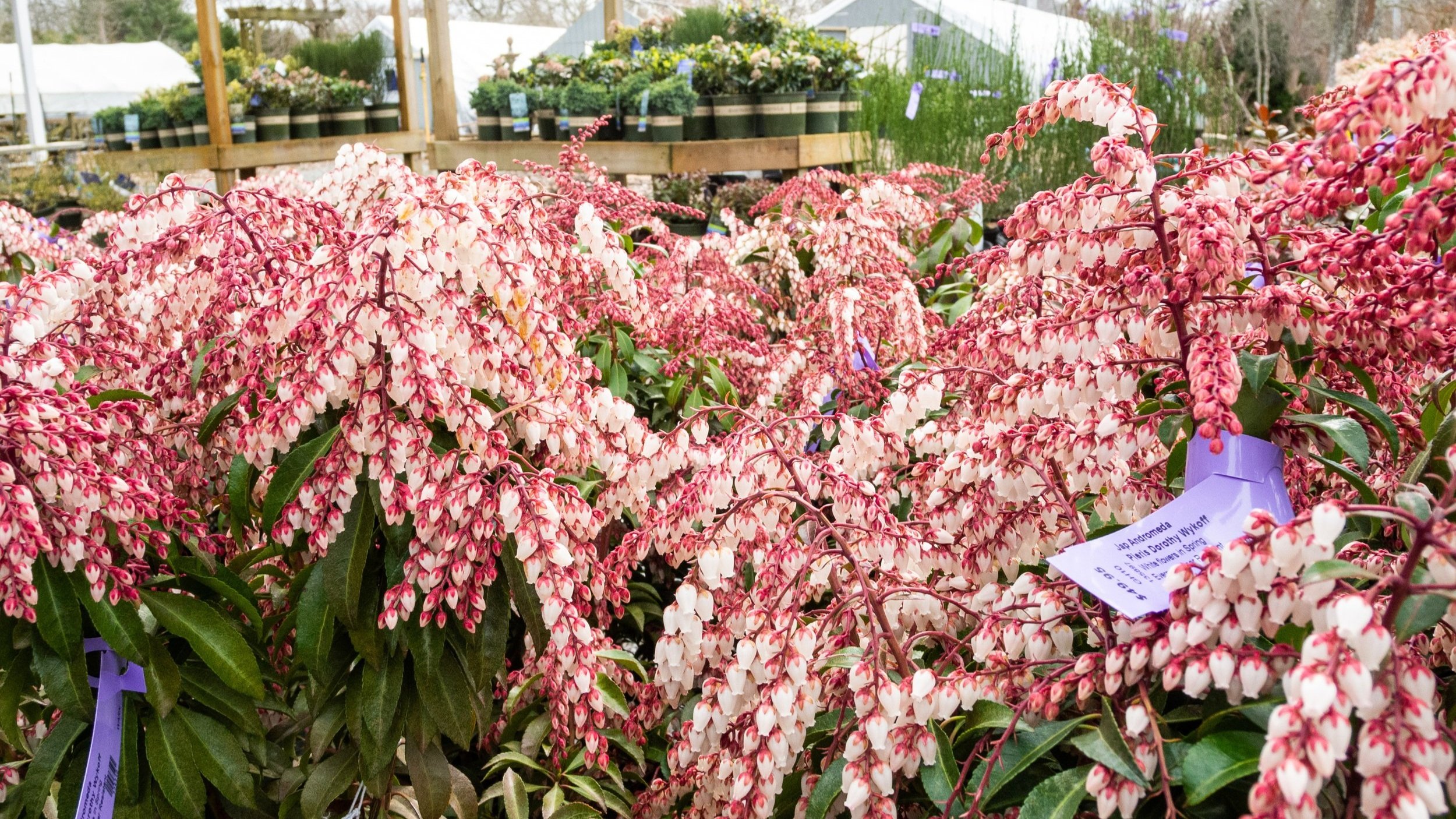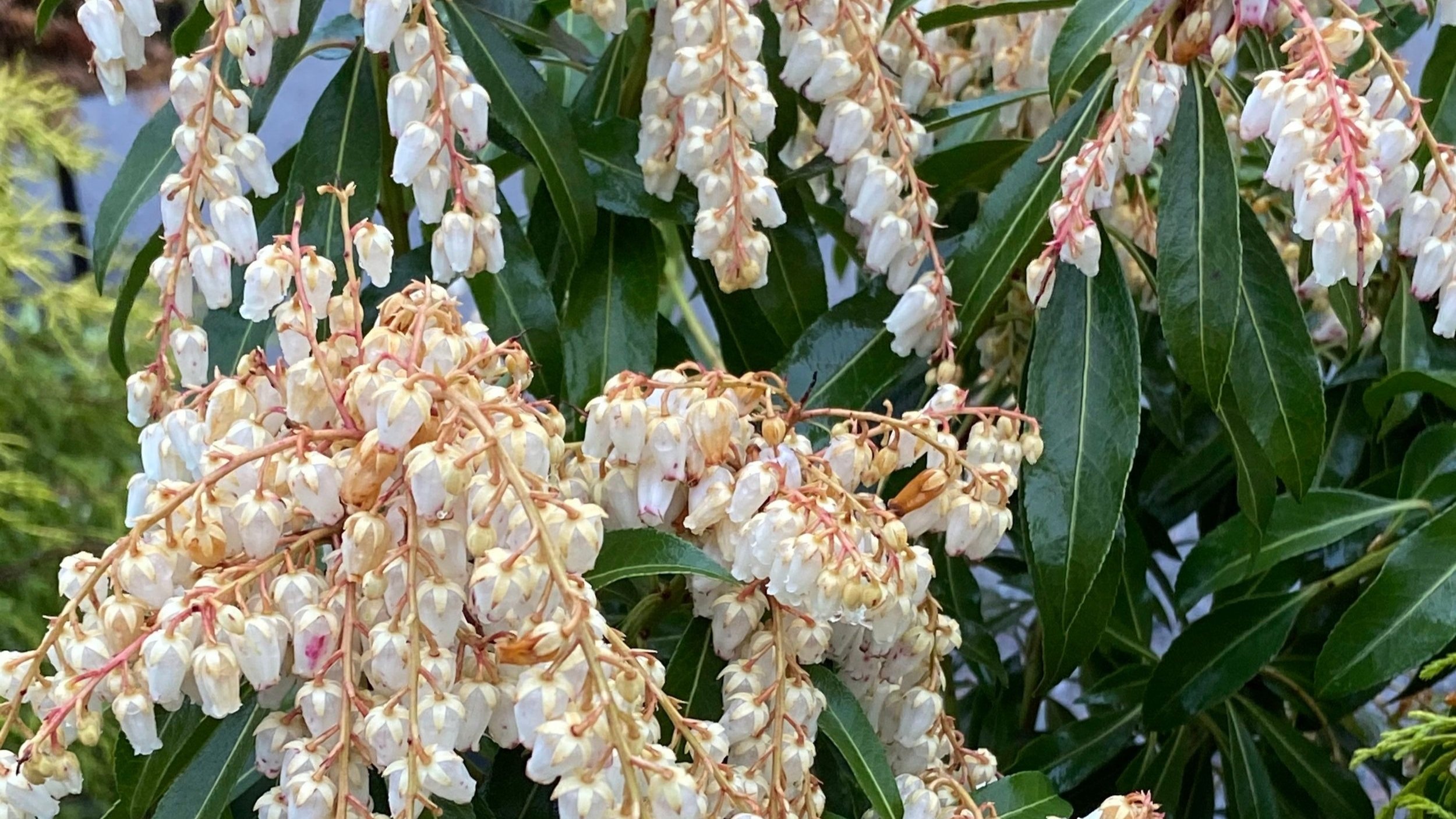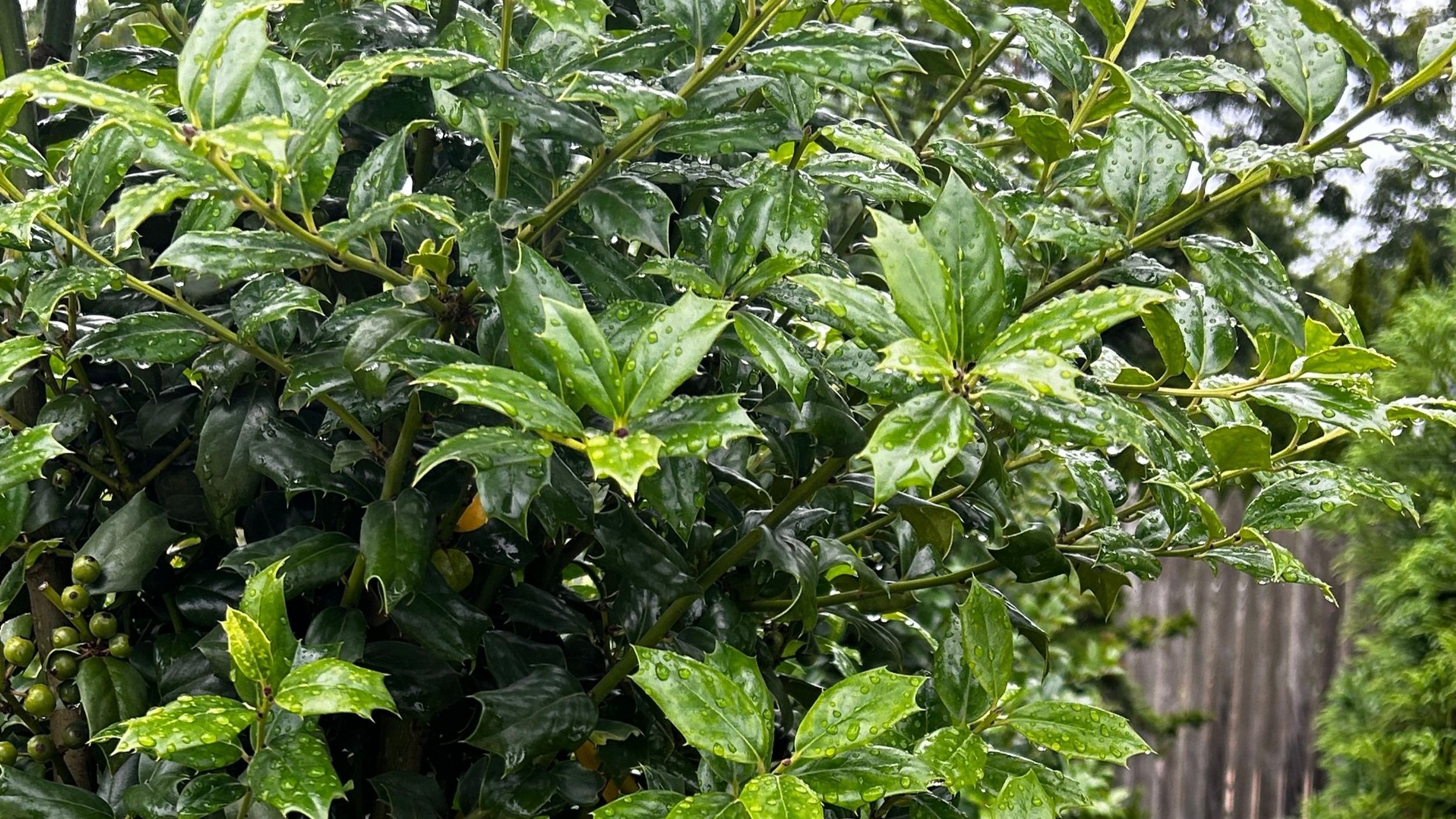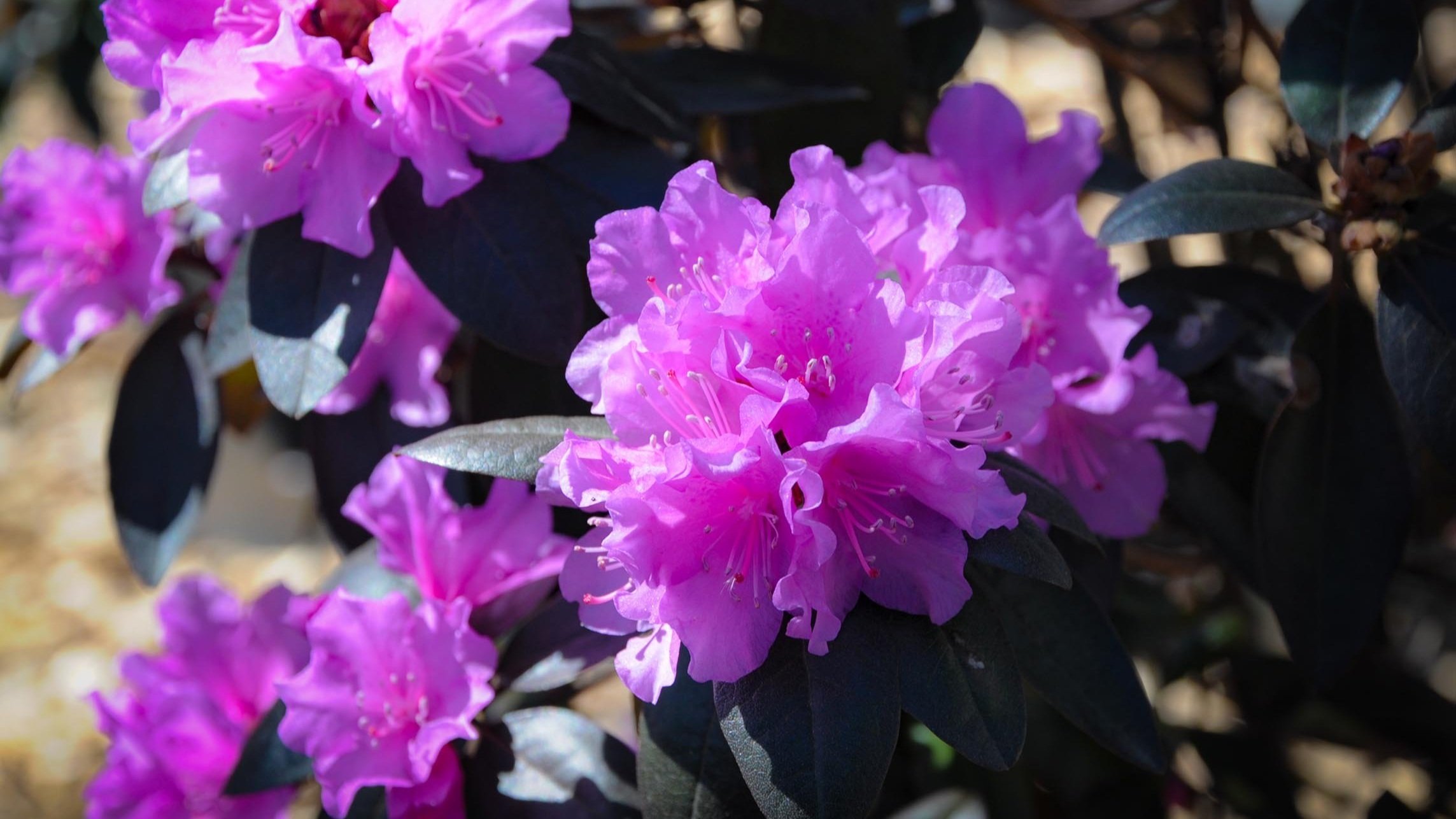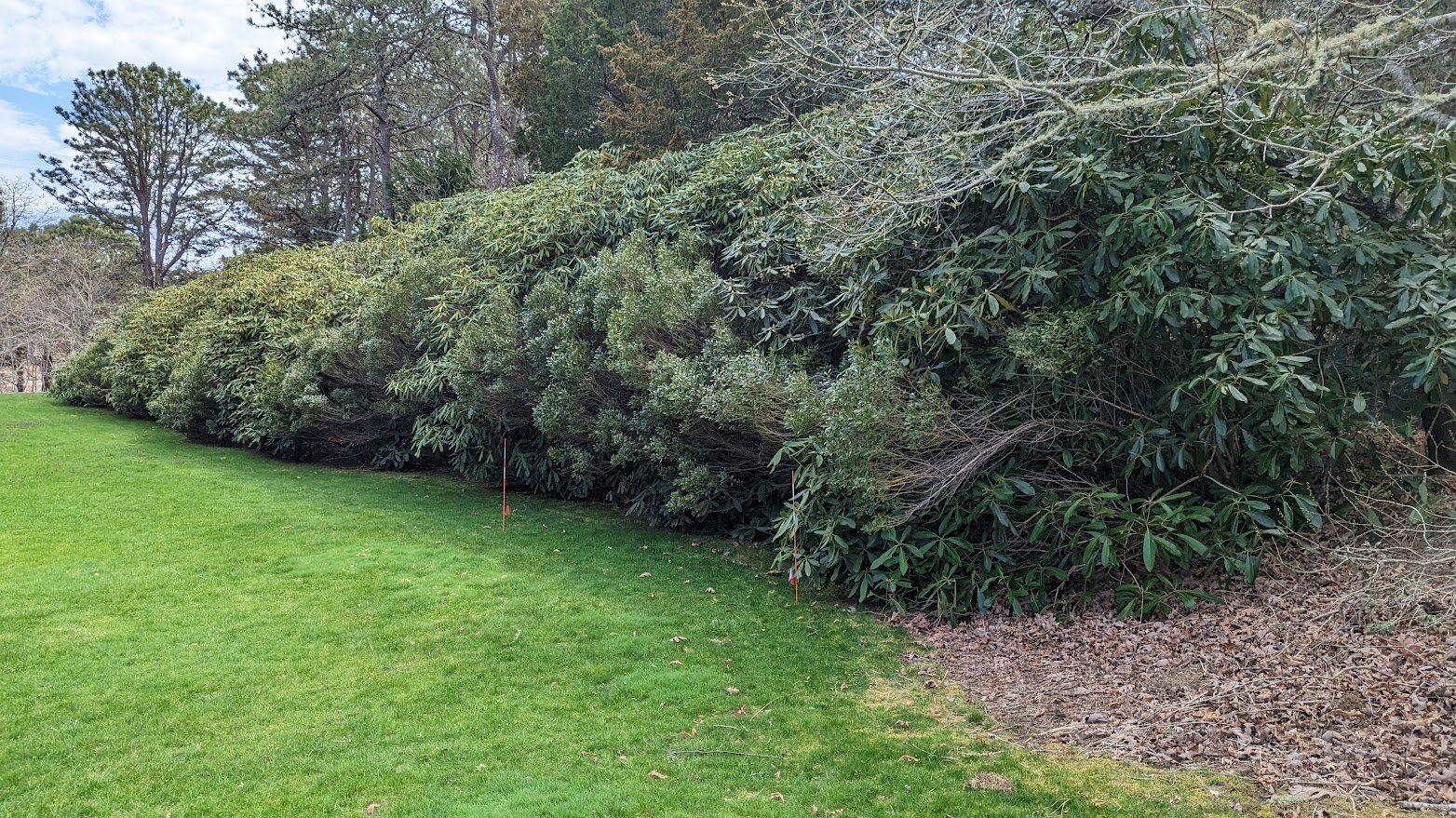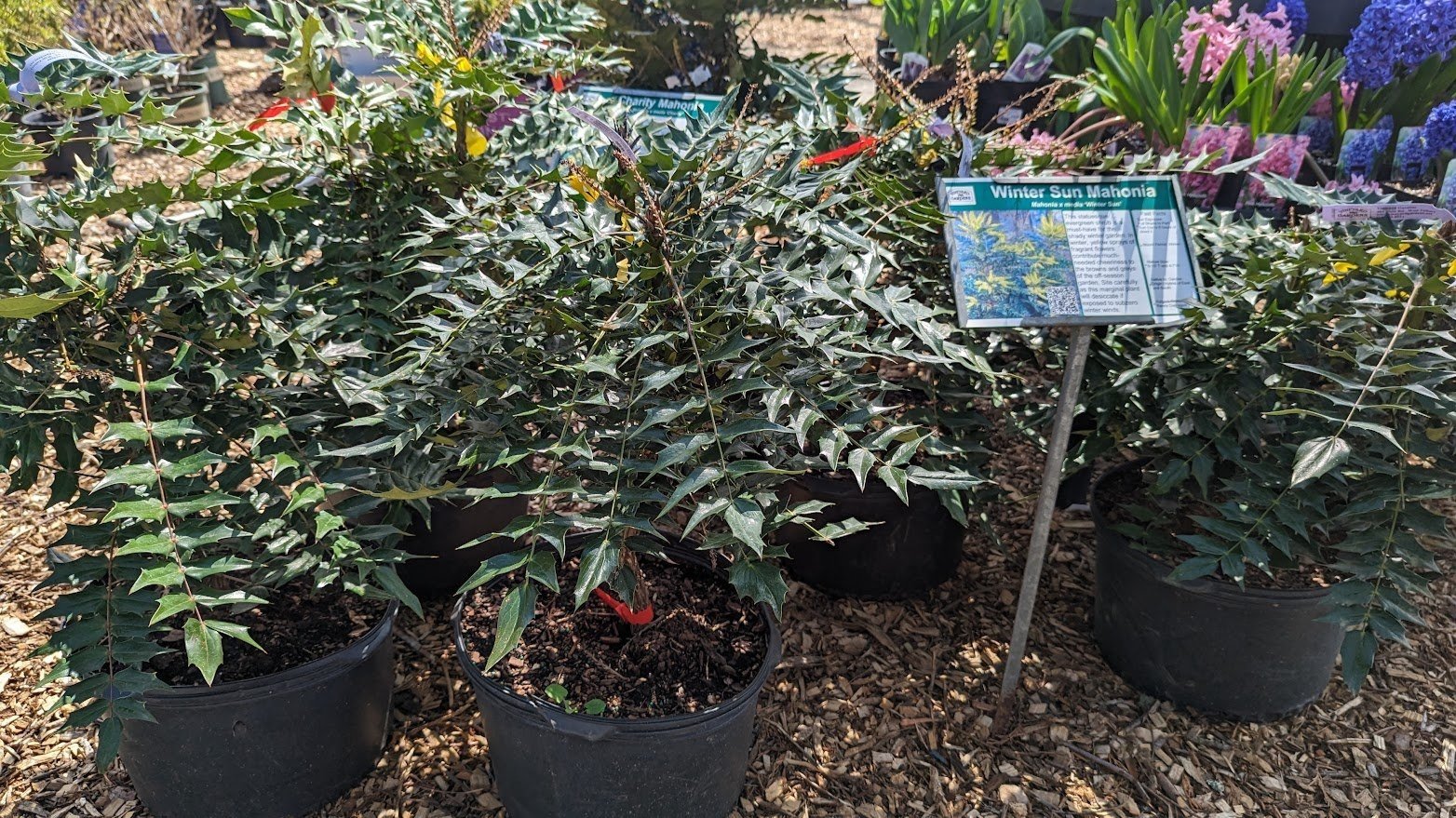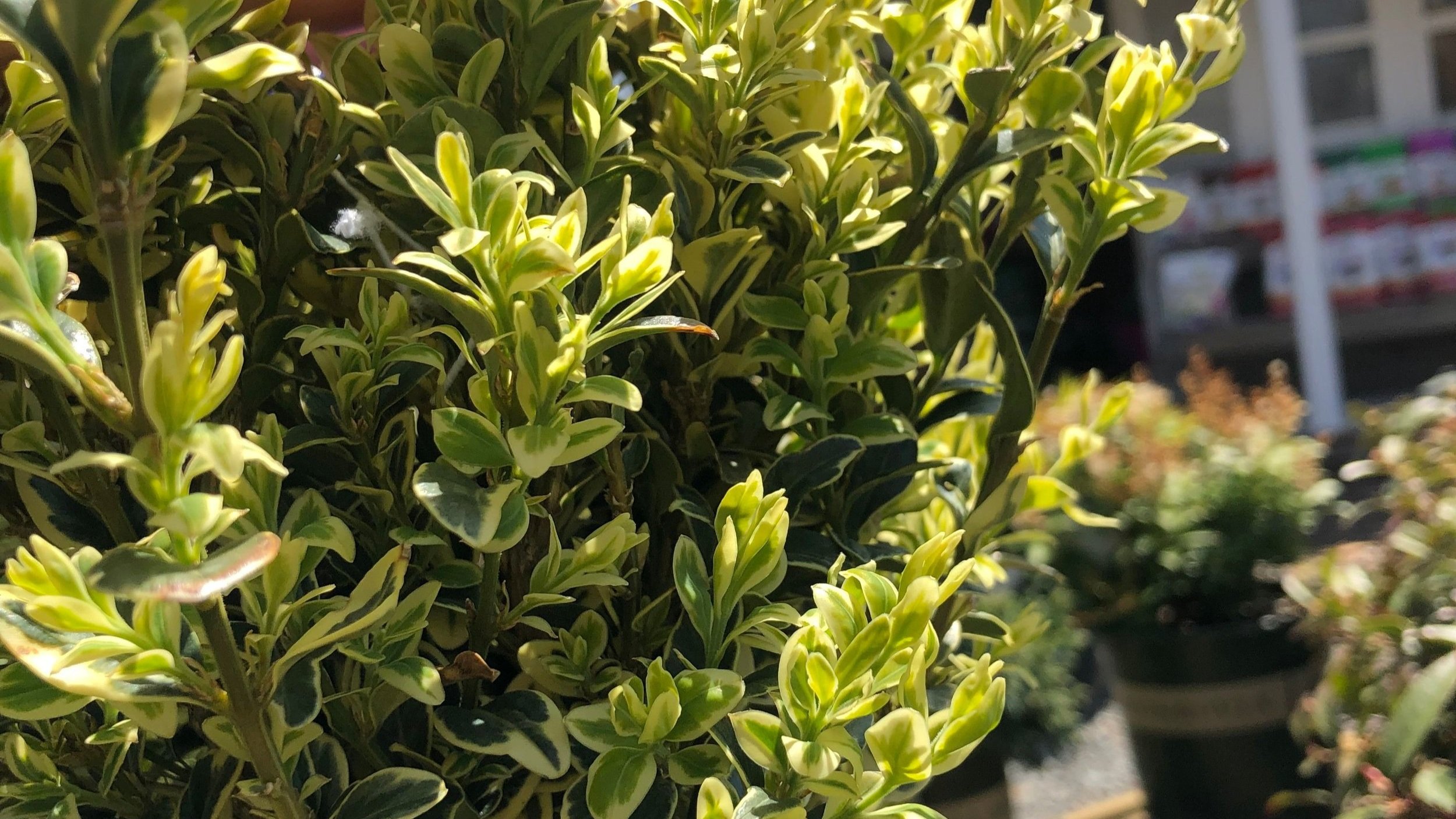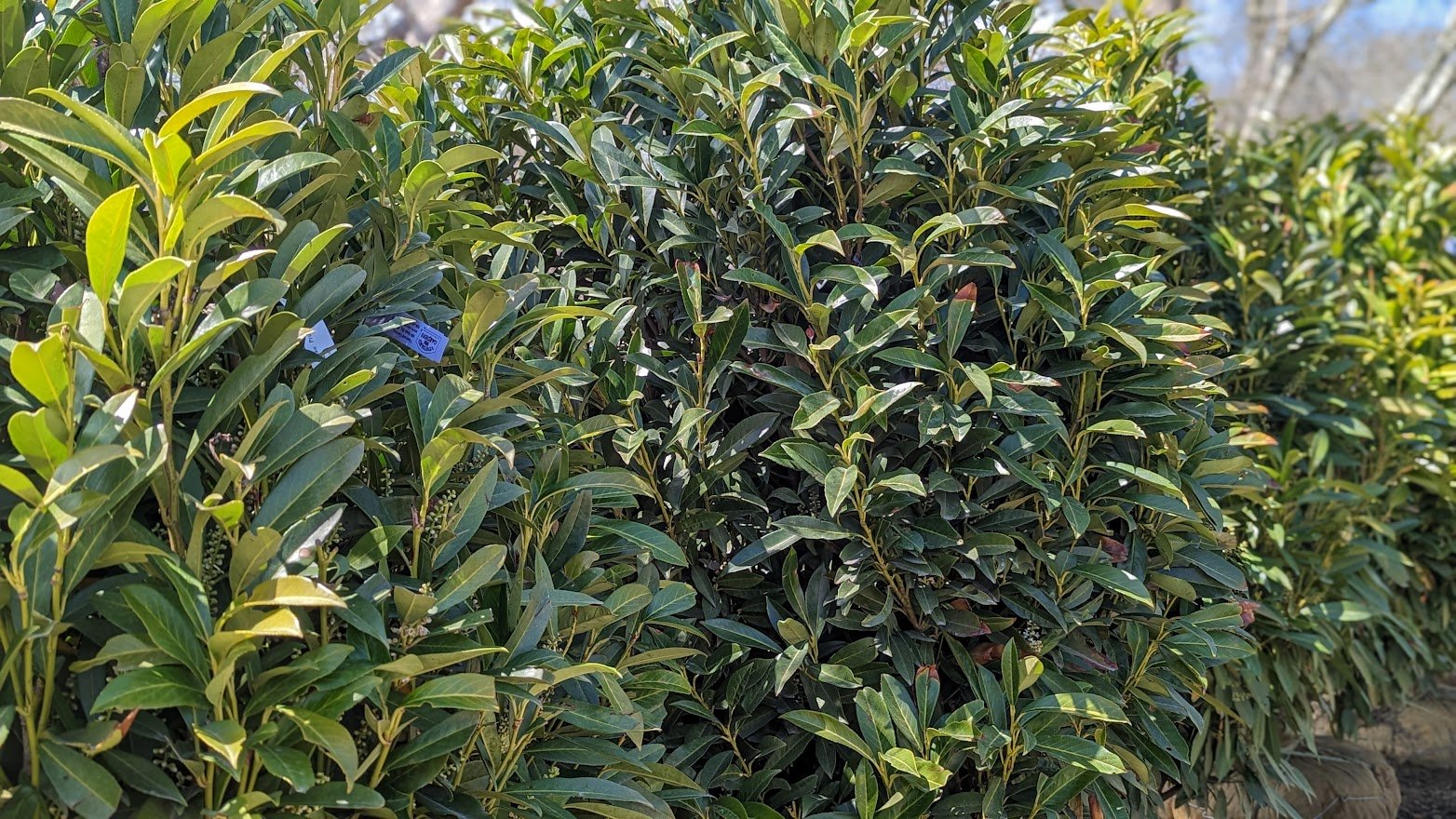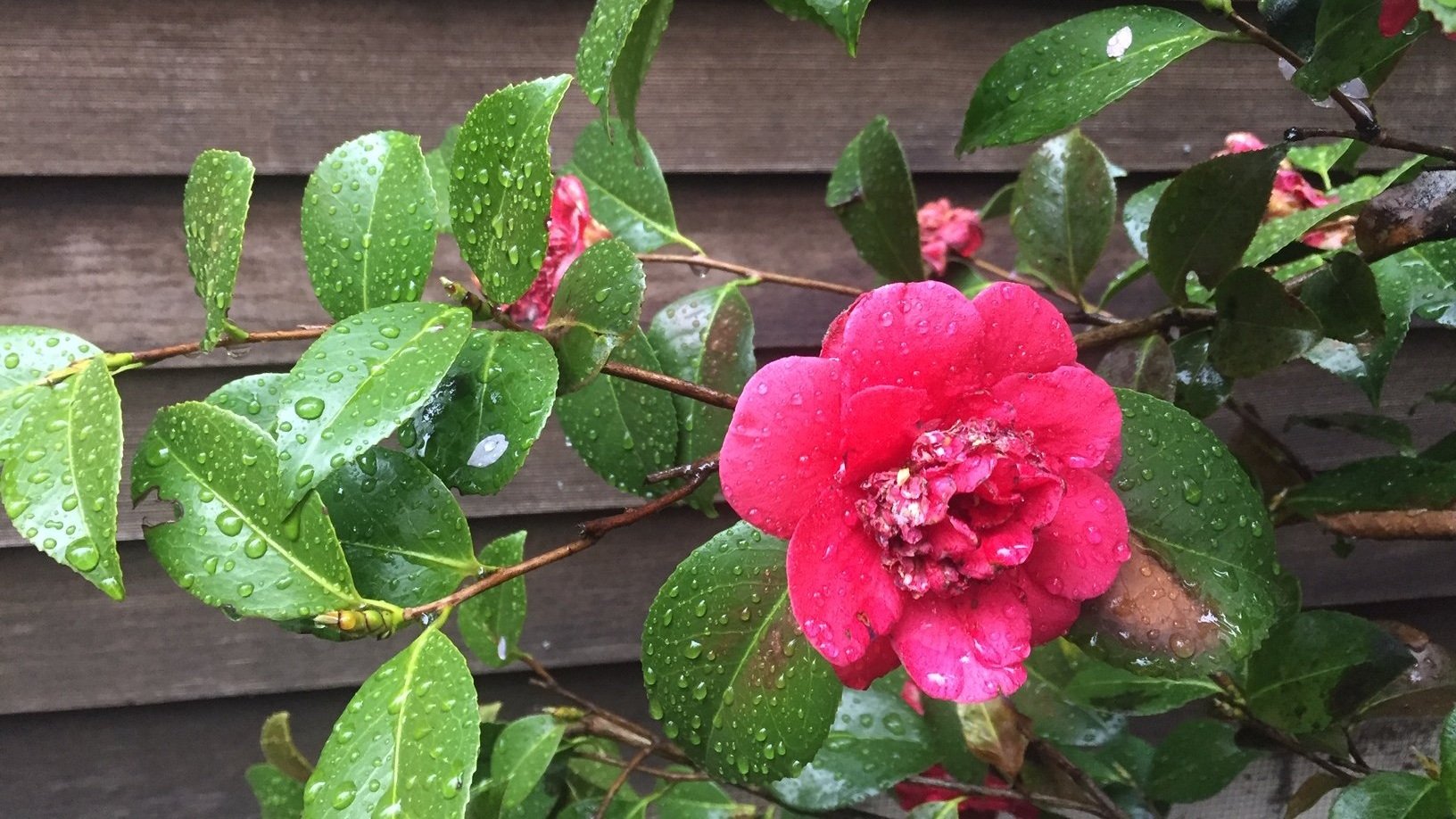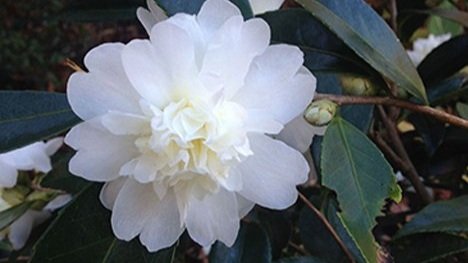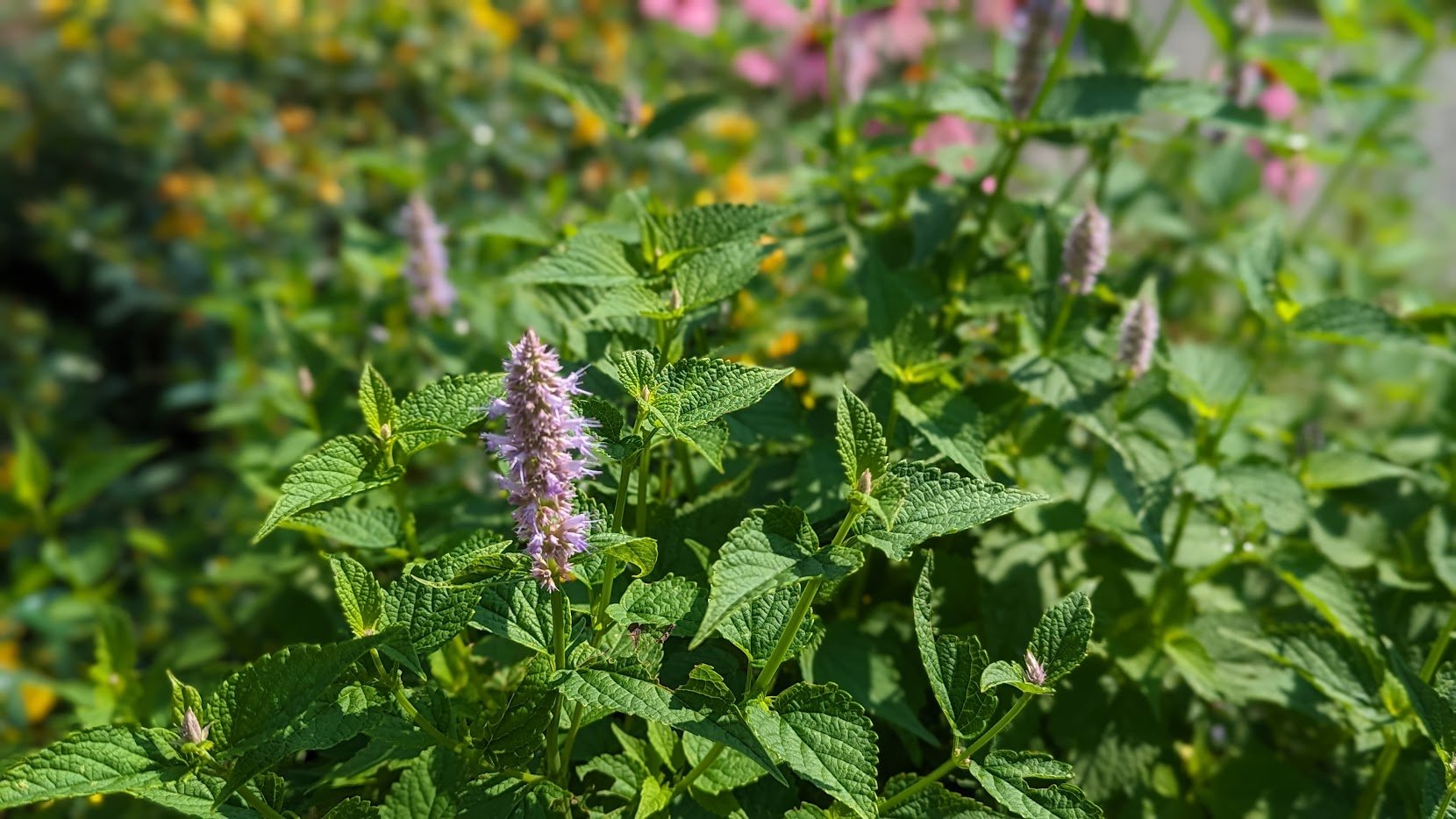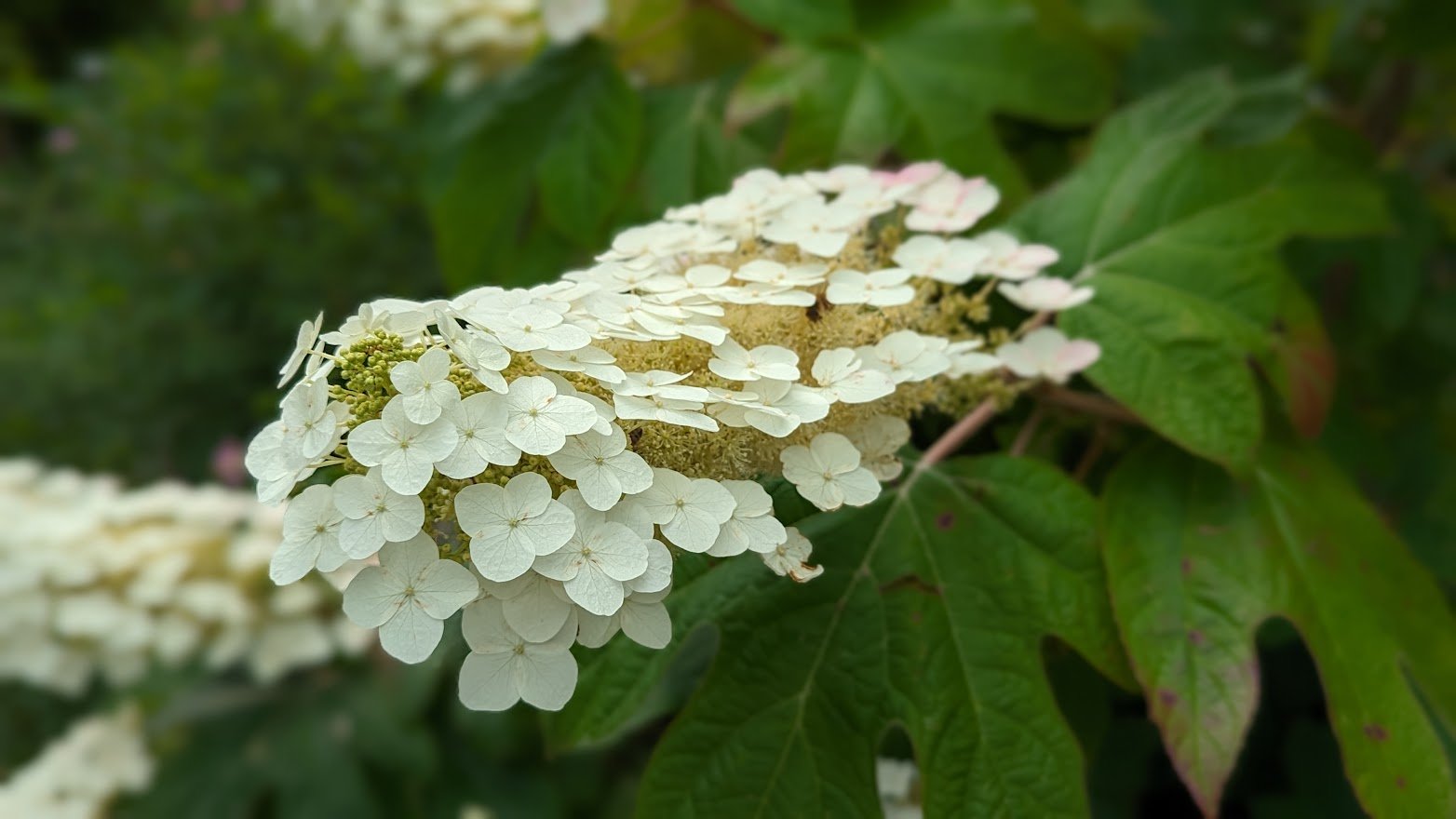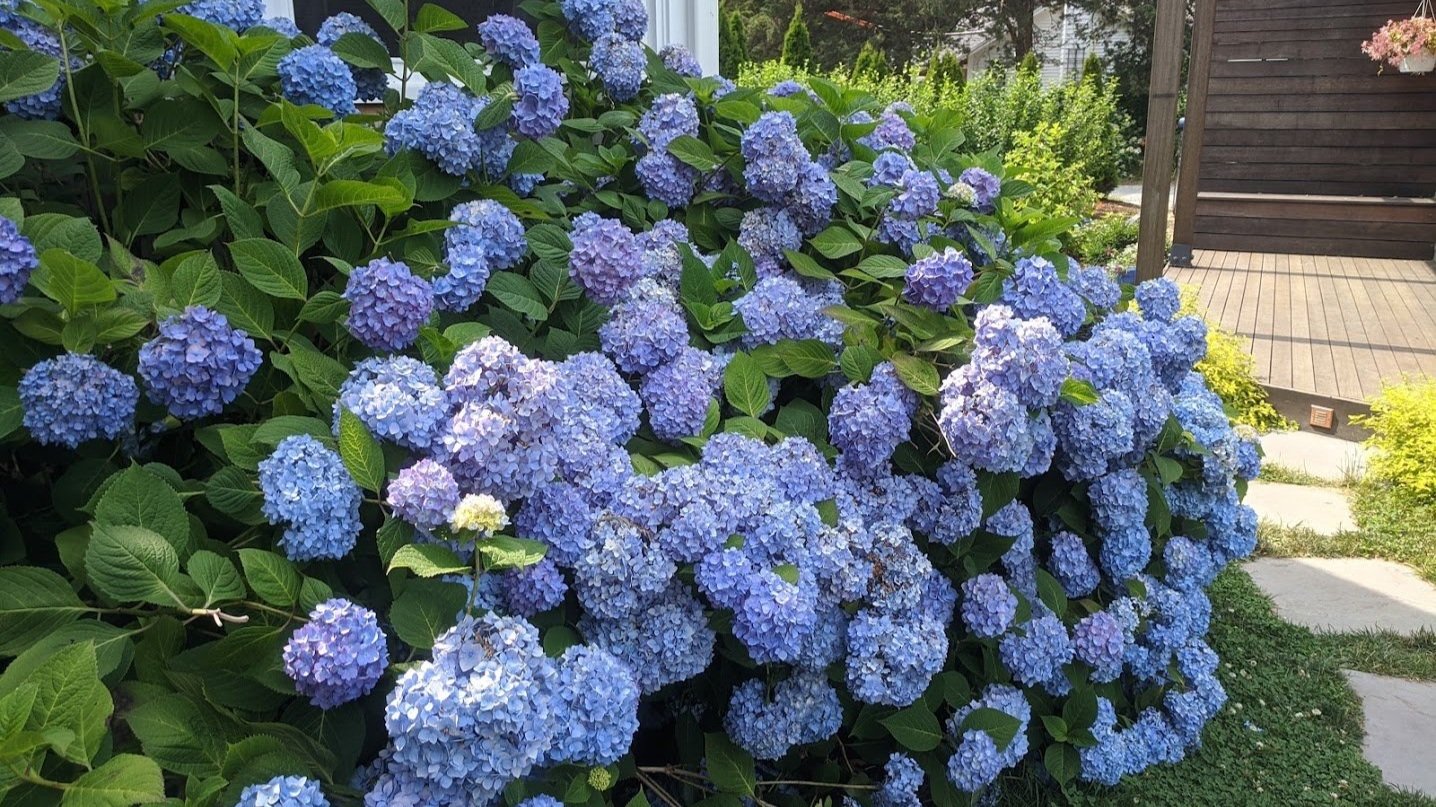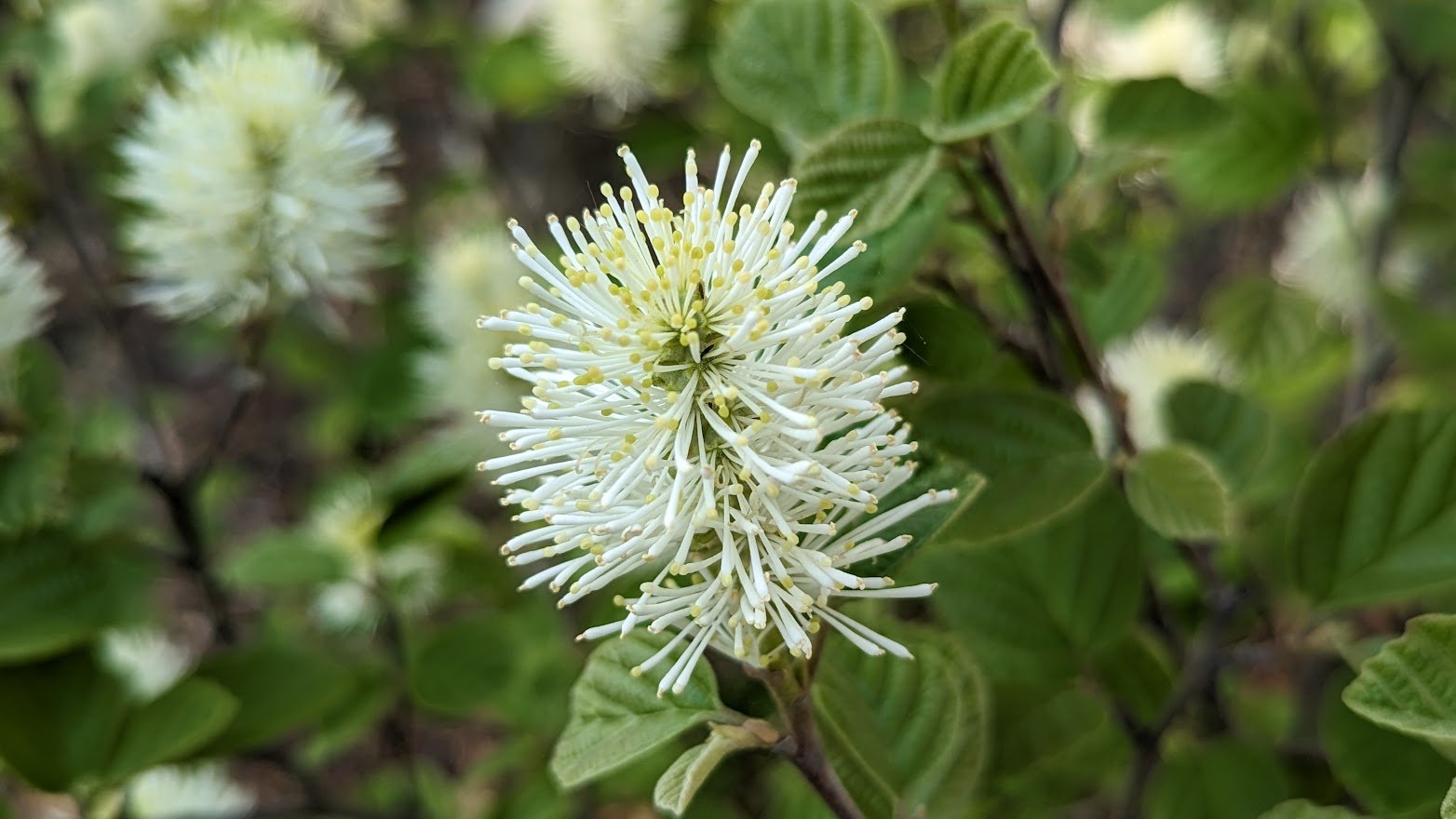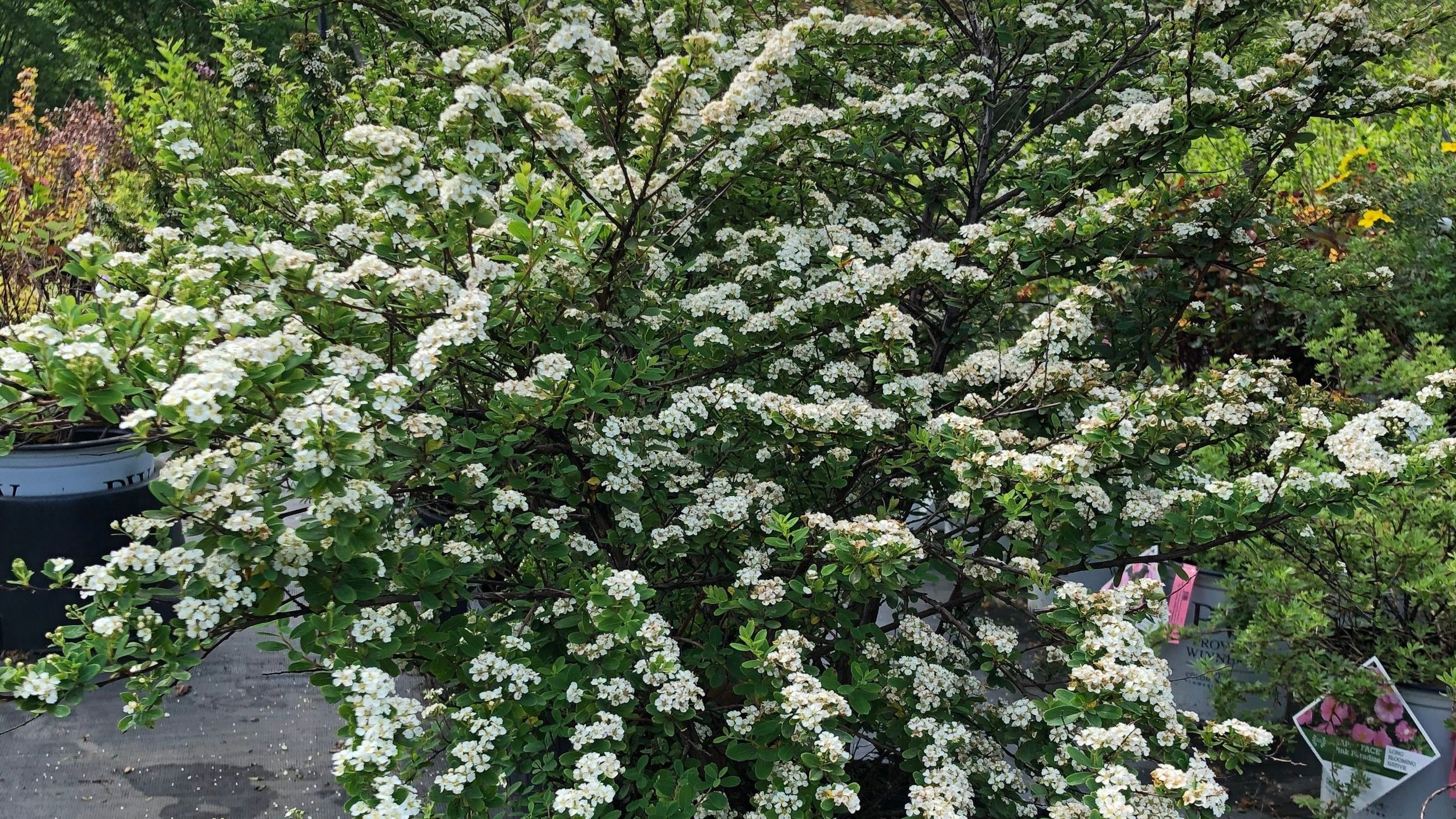ECHINACEA
CONEFLOWER
Echinacea comes from the Greek word echinos meaning hedgehog or sea-urchin in reference to the spiny central cone.
Echinacea purpurea
Natives vs. Hybrids: A Closer Look at Echinacea
Beauty, Biodiversity, and What to Plant
Walk through any summer garden center and it’s hard to miss the bright, joyful faces of Echinacea, or coneflowers. From fiery oranges to soft whites and vibrant reds. Beyond their colorful appeal, coneflowers tell an important story about biodiversity, adaptability, and the relationship between native plants and modern hybrids.
Native Coneflowers: Built for Resilience
At our nursery, we grow several species of Echinacea from seed, including:
Echinacea purpurea – the classic purple coneflower
Echinacea pallida – with pale, drooping petals
Echinacea paradoxa – a rare yellow species
Starting plants from seed introduces new genetic combinations, which increases the plant’s ability to adapt to changing conditions and resist disease. These natives offer long-term benefits to pollinators, wildlife, and the resilience of the garden itself.
Their color palette is more limited, primarily pinks and yellows, but their ecological value is profound. Native coneflowers are also long-lived, drought-tolerant once established, and deeply rooted in local ecosystems.
Echinacea White Swan
Echinacea Sombrero Salsa & Sangrita
Hybrid Coneflowers: Stunning & Sophisticated
The other side of the spectrum are the hybrids. These cultivars, mostly derived from Echinacea purpurea, have been carefully bred for color, size, and form. Today, you’ll find Echinacea in shades of:
Reds (Salsa Red)
Oranges (Adobe Orange)
Greens (Green Twister)
Whites (White Swan)
And even bicolors that blend two tones in a single bloom
We sell countless hybrids that the horticultural industry has created from mostly Echinacea purpurea. Hybrids are typically propagated asexually through cuttings or tissue culture to maintain consistency in appearance. This can make them less genetically diverse, and potentially less adaptable, especially under stress from disease or climate extremes but boy are they beautiful. When carefully sited and well-maintained, they’re a stunning and reliable part of any garden design.
We carry the Sombrero series, like Salsa Red and Adobe Orange which are two of our favorites. We love many of the Echinacea hybrids like Green twister and White Swan.
*If food for pollinators is your number one reason for planting Echinacea, either plant the native species or pick the single hybrids. The doubles are not believed to be good food for pollinators. Many of the doubles are sterile and produce no seed.
Coneflowers come in a rainbow of colors!
****************
ECHINACEA AVAILABLE AT VINEYARD GARDENS
***************
SOMBRERO SERIES
(Continues to be one
of our favorites!)
Salsa Red
Adobe Orange
Hot Coral
Lemon Yellow
Rosada
Summer Solstice
Tres Amigos
Sangrita
***************
***************
SUNSEEKER SERIES
(Tall with beautiful flowers that
often transition to other colors as
they mature. Some can be
double.)
Rainbow
Salmon
Perfection
***************
***************
Green Wizard
(The flower petals are
yellow-green
on the tips and
bleed into a pale
pink closer to
the cone.)
***************
Old Fashioned Hybrid
Ruby Giant
(Quite tall with
large pink flowers)
***************
***************
Ruby Giant
Green Twister
(Very hardy)
***************
New this year!
We are testing for hardiness.
Dark Shadows Wicked
Orange You Awesome
The Fuschia is Bright
One in a Melon
Summer Song
Fire Finch
Baja Burgundy
***************
USES
Pollinator Magnet: Coneflowers attract a wide variety of butterflies, bees, birds, and other beneficial pollinators, making them a valuable addition to any ecologically minded garden.
Winter Interest & Wildlife Support: Leave the spent flower heads standing through winter. Their signature seed-filled cones provide an important food source for birds, especially finches. In early spring, simply cut the stems back to the ground to encourage fresh growth.
Medicinal Tradition: Long used in herbal medicine, Echinacea is believed to support the immune system and may help reduce the duration of colds and flu. Their distinctive blooms are often associated with healing and wellness in both gardens and apothecaries.
GROWING CONDITIONS
A hardy herbaceous perennial, Echinacea is native to the Midwestern prairies of the United States and thrives in a wide range of conditions.
Adaptable and resilient, it tolerates drought, heat, humidity, and even poor soils once established.
Best grown in full sun with average to dry, well-drained soil, it doesn’t need rich soil to flourish.
Coneflowers are low-maintenance and rarely troubled by pests or disease. They require little to no fertilizer.
Expect a vibrant display of blooms in mid-summer, with some varieties continuing into fall.














